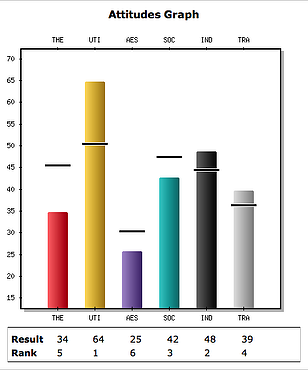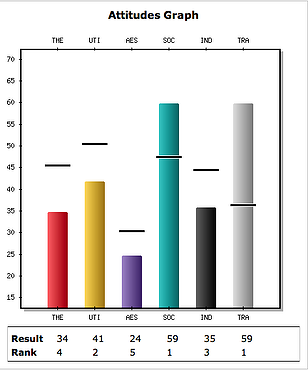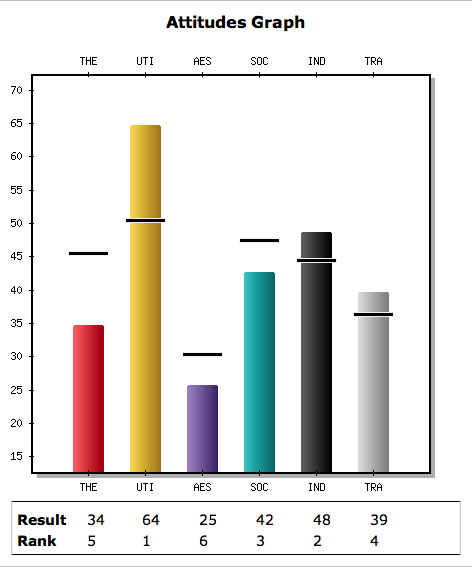When you interview a sales candidate, you are interviewing someone who has potentially prepared extensively. The person you think you are hiring is not what you actually get.
Quite often the hiring of a sales person is more reactionary than strategic. By "reactionary" I mean - there is an urgent need to hire a sales person and the position needs to be filled yesterday or "else".
It is better to take the time necessary to find exactly the right hire. Do not be reactionary. The consequences of your hiring decision affect the bottomline and more importantly - profits.
How do you find the right hire? By using a sales assessment to accurately predict the behaviors, motivators, and attributes of the candidate.
If you are not using a validated sales assessment, you are leaving serious money on the table. If you are using a sales assessment, you need to be aware that not all are equal in terms of predicting high sales performers.
Most sales assessments only measure Behaviors and that is a good start but not the best predictor of future sales performance.
The best sales people are motivated to do the job because of what they value.
Based upon the research of Spranger, the six primary motivators include:
- THE - Theoretical - the desire to learn.
- UTI - Utilitarian - the desire for a return-on-investment - efficiency - to make money.
- AES - Aesthetic - the desire for "form and harmony".
- SOC - Social - the desire to be altruistic or helpful to others.
- IND - Individualistic - the desire to shape one's own life and potentially the lives of others.
- TRA - Traditional - the desire to live one's life according to set beliefs.
Take a look at the following two graphs. This is an actual situation. What is the difference?


In short, the difference is almost $1.1 million in profit annually.
Top-performing sales people (Certified Rainmakers) have something in common. They have the drive or motivation to want to make money, take charge of their lives, and seek the knowledge necessary to do the above.
Both graphs measure the motivator "levels" every human being has. Motivators can change over time and are unique to each of us.
Motivators are not entirely "visible" during the interview process. Motivators become evident over time by performance.
The left graph is associated with the low sales performer. This sales person is not even breaking even for the company they work for. Notice the significant Social. They want to help people and that is really nice - in social work. Really, really nice people look for the best interest of the customer and often do not ask for the sale. In the field of sales, those with higher Social in particular often sell significantly less than their peers.
The right graph is associated with a high sales performer. This sales professional is making it "rain" for their company - in fact - it is raining hard. Notice the high goal driven Utilitarian and Individualistic combination. They want to sell. They want to "take the wheel", and their car is "fueled by money."
Which would you hire?
How many people do you have on your sales team who are highly motivated by Social values and what is that costing you? How much time do you spend "coaching" them? You could grind the best sales books up, mix it in with their oatmeal, spoon feed them, and they still would not add pounds to your piggy bank.
The bottom line matters. It is imperative to understand what makes every sales candidate "tick" before they are hired. The consequences of a bad sales hiring decision always outlives the intitial euphoria of making a new hire quickly.
Strategic companies and sales managers are using a data-driven sales hiring strategy that incorporates validated sales assessments to accurately measure the Values that motivate their employee team members.
Your financial future requires you to understand why your sales candidate will do what they do. Future sales performance is highly predictable.
Hind sight is always 20/20. Using a valid pre-employment sales assessment adds time and expense to the hiring process but in the long-run, can you afford not to?




